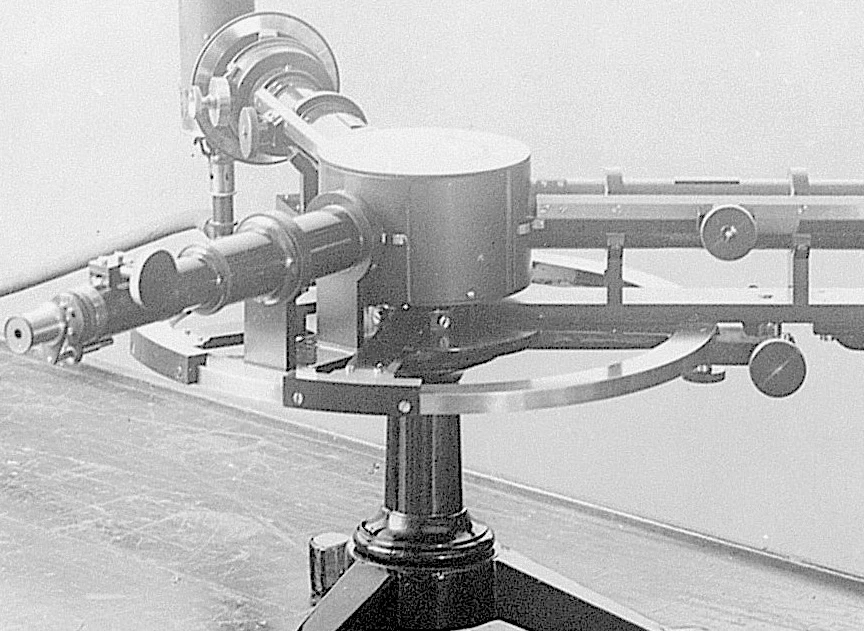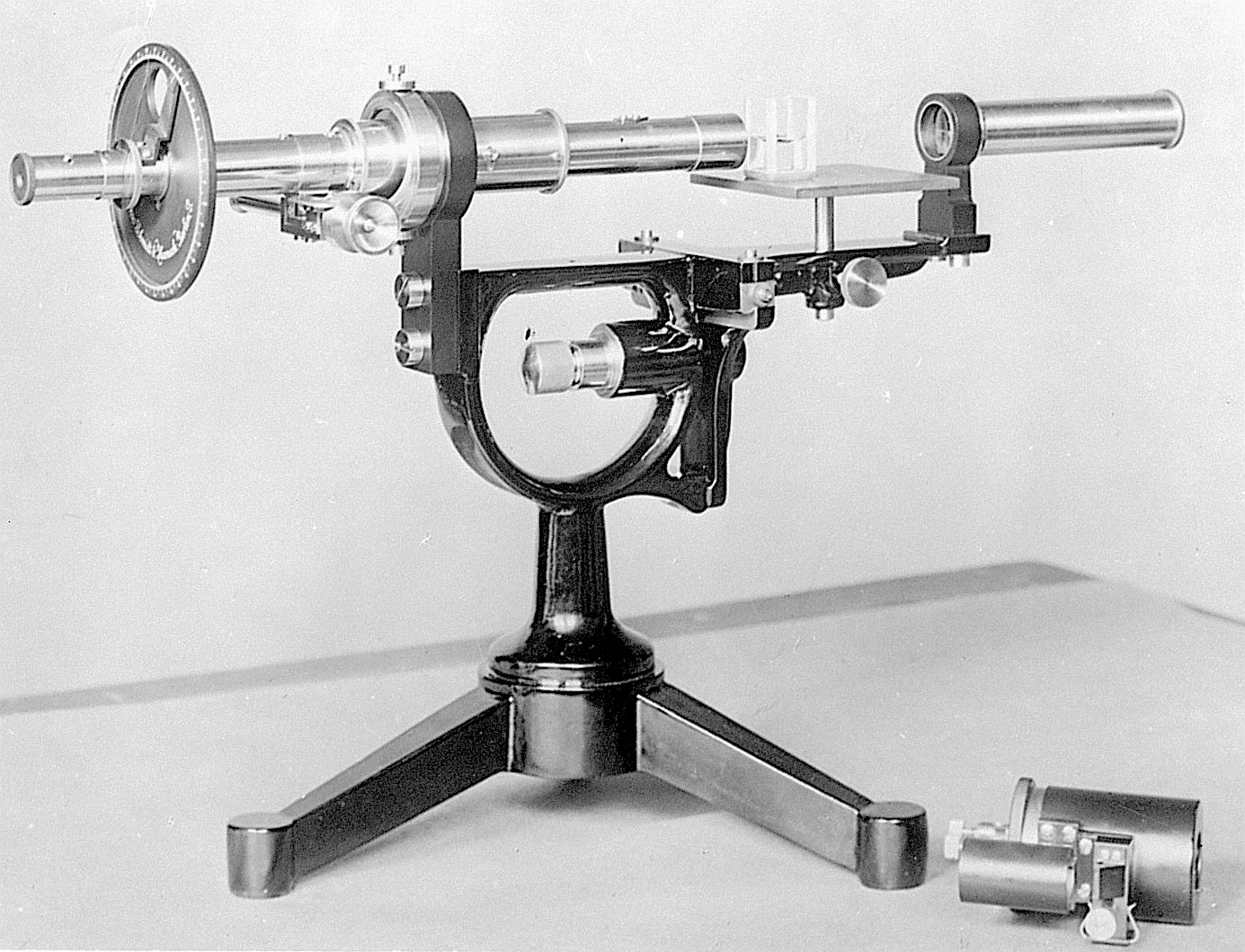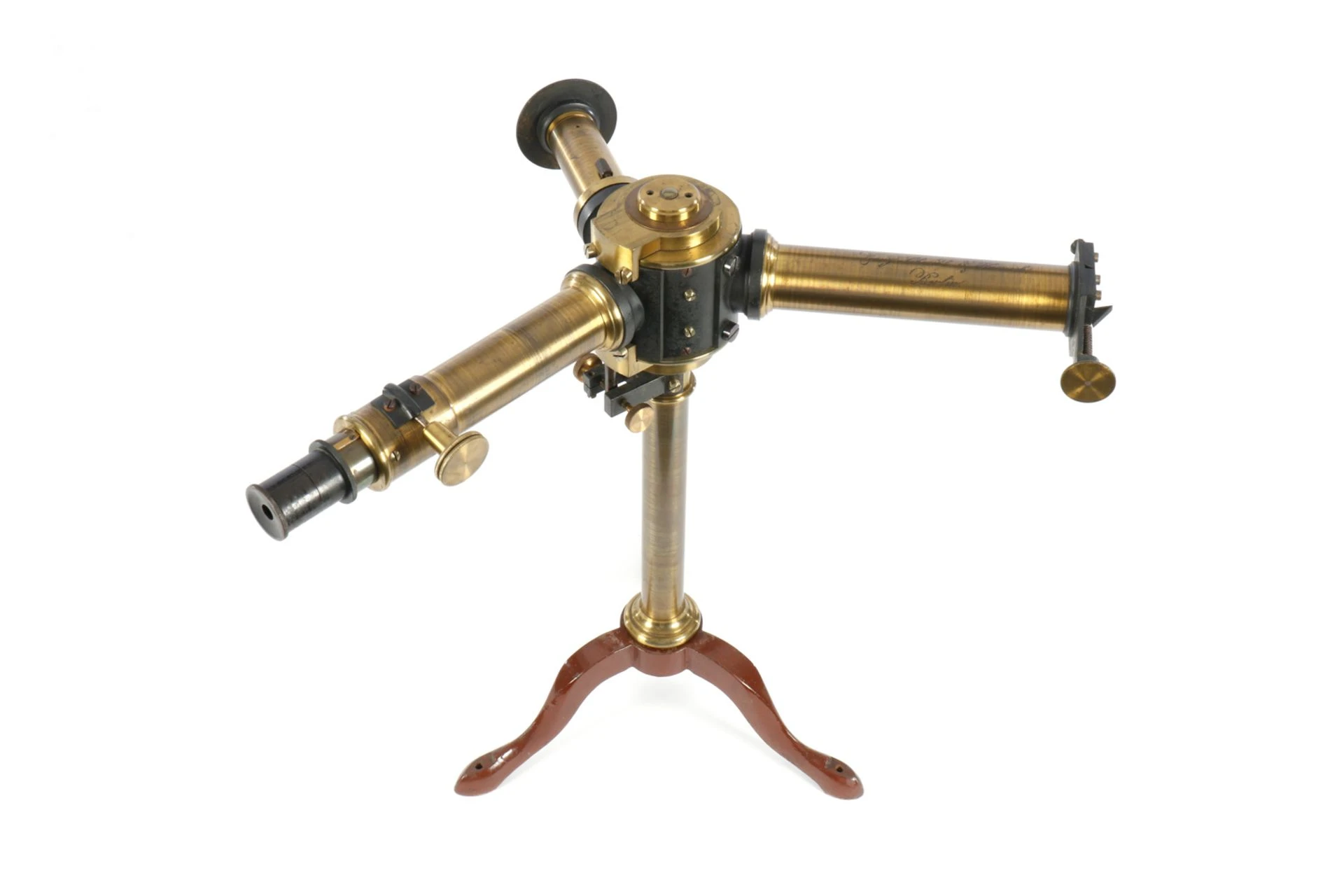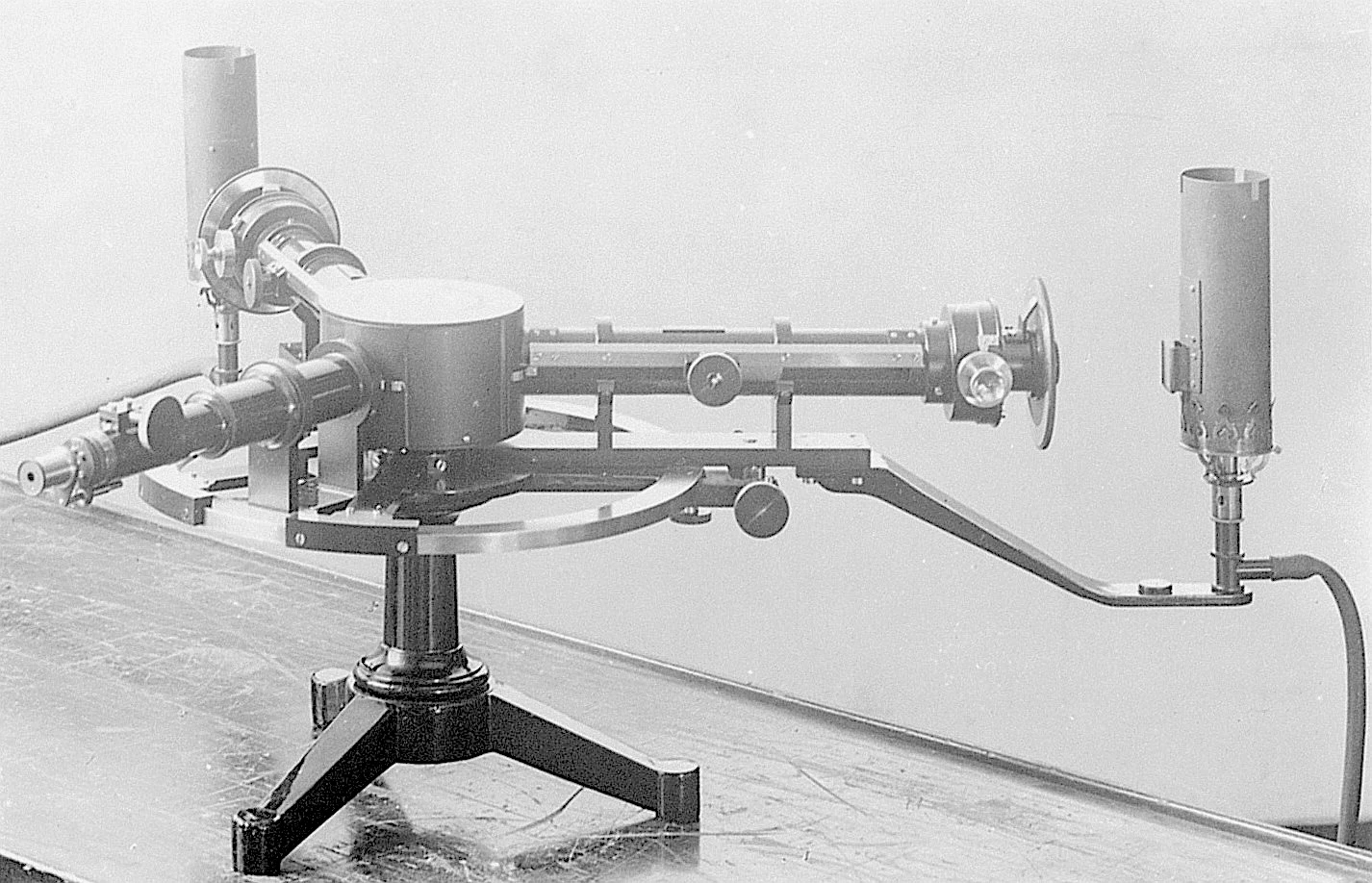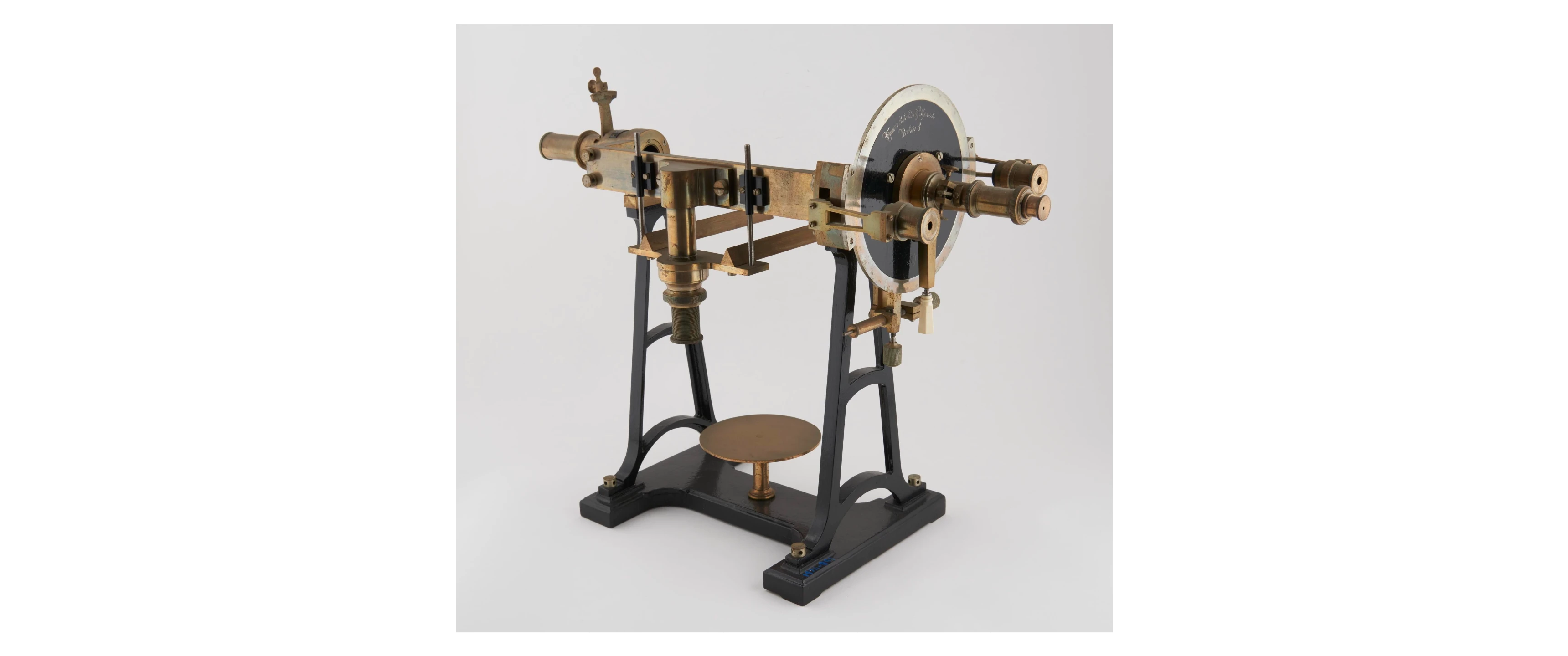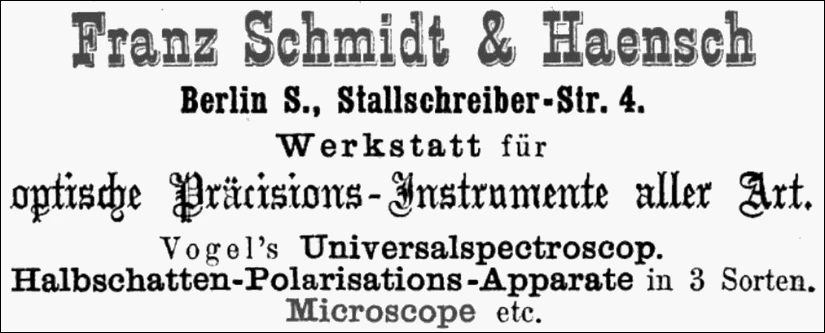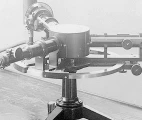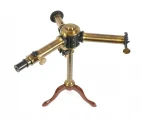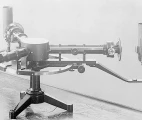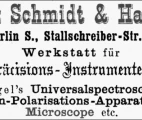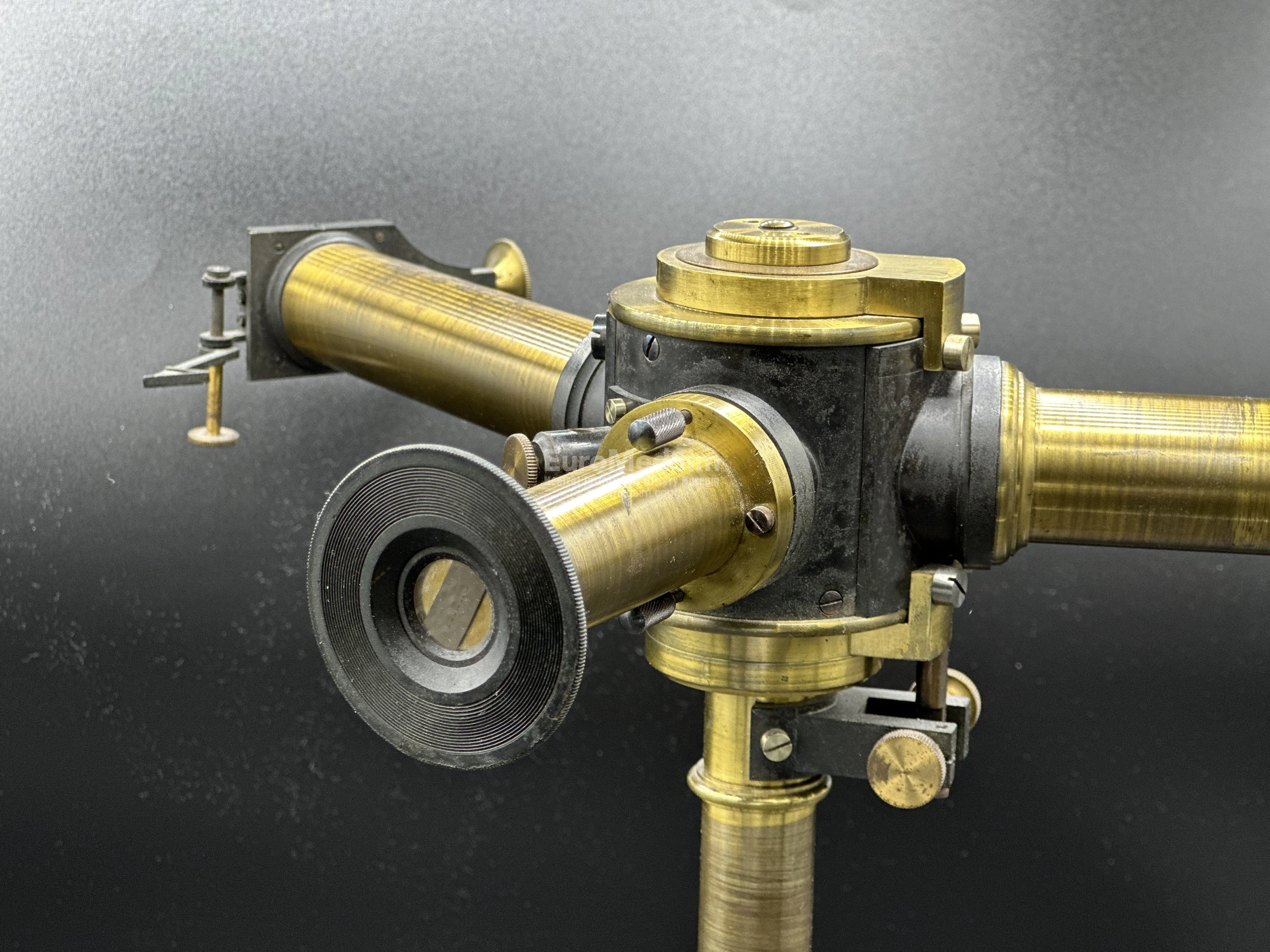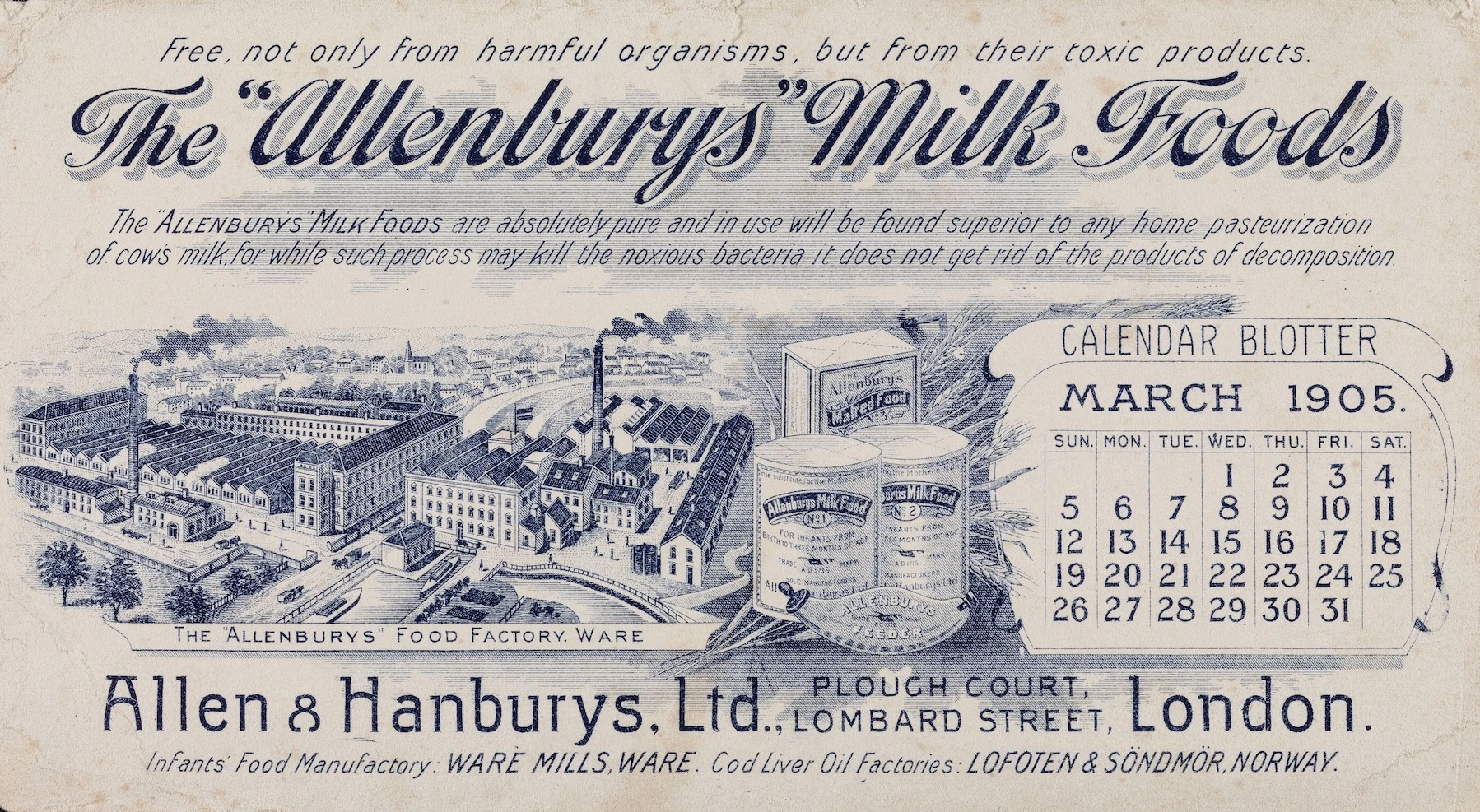Schmidt + Haensch in Berlin
Founded in 1864 in Berlin, SCHMIDT + HAENSCH has established itself as a pioneering force in the development of precision optical instruments and analytical technologies. With a deep-rooted heritage in fine mechanics, optics, and engineering, the company has continuously contributed to scientific advancement and industrial innovation across multiple sectors.
The company Franz Schmidt & Haensch, Berlin
The company originated from a partnership between mechanic Franz Schmidt (1825—1825) and mechanic and optician Hermann Haensch (1832–1896) both trained under the same master craftsman, Wilhelm Langhoff. In 1864, Franz Schmidt inherited 8,000 thalers and the same year, on April 24, he and Herrmann Haensch founded the company Franz Schmidt & Haensch in Berlin, at Dragonerstraße 19. Franz Schmidt was responsible for the saccharimeters and polarization instruments, and Herrmann Haensch for microscopes and spectroscopes. Their combined expertise laid the founded company to a global reference in measurement instrumentation.
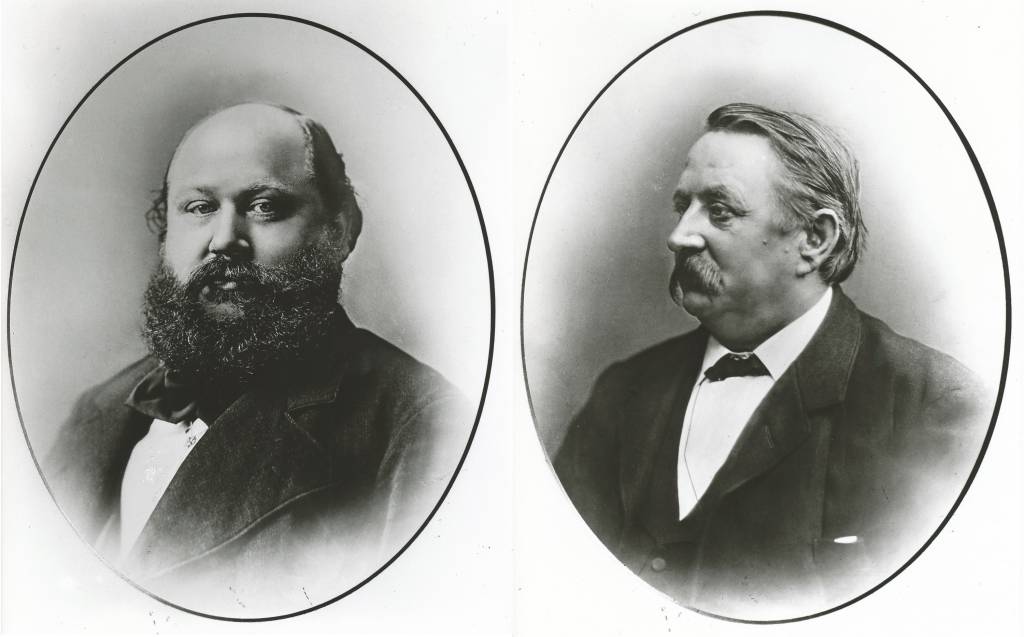
Franz Schmidt (1825—1825) and Hermann Haensch (1832–1896), founders of the company. Source: schmidt-haensch.com
From the very beginning, SCHMIDT + HAENSCH was instrumental in developing tools for scientific and industrial use. In the 1870s, the company produced heliostats to harness and stabilize sunlight for optical experiments. In 1879, at the request of renowned pathologist Rudolf Virchow, the firm designed specialized microscopes for meat inspection to combat trichinosis.
During the 1880s, the company advanced the use of gas-powered spectral light sources for wavelength standardization, contributing to the early stages of spectrometry. In 1881, SCHMIDT + HAENSCH built an instrument for Albert Michelson, enabling him to perform the historic Michelson-Morley experiment that led to groundbreaking developments in theoretical physics.
The late 19th century also saw the company’s vital contributions to the sugar industry. Collaborating with chemist Karl Ventzke, SCHMIDT + HAENSCH developed a method for determining sucrose content using optical rotation, a principle still applied today in their polarimetric instruments.
The early 20th century brought further recognition. Nobel laureate Alfred Werner validated his theories on molecular structure using SCHMIDT + HAENSCH polarimeters. The firm also introduced projection systems for scientific and educational purposes.
By the mid-20th century, SCHMIDT + HAENSCH had diversified its offerings. The development of color calibration tools and drafting machines marked its expansion into new areas. Its ISIS drafting machine and digitizing tables became industry standards in engineering and design.
In 1963, SCHMIDT + HAENSCH introduced the world’s first fully automatic sugar polarimeter with digital output. This was followed by a strategic expansion in 1969 to Cologne due to space constraints in Berlin and the geopolitical context of the time.
Throughout the 1980s and 1990s, the company led the market in drafting and digitizing equipment. It also continued its pioneering work in refractometry, launching advanced table refractometers with unprecedented measurement ranges and resolutions.
Entering the 21st century, SCHMIDT + HAENSCH focused on automation and real-time analytical solutions. Innovations such as the on-line titration system (2000), the ash-color-turbidity analyzer (2003), and the on-line purity analyzer (2005) highlight the company's commitment to precision, speed, and reliability.
In 2014, SCHMIDT + HAENSCH celebrated its 150th anniversary, making high-quality laboratory instruments, including refractometers, polarimeters, and density meters, serving industries ranging from pharmaceuticals to food and beverage production. With over 160 years of expertise, SCHMIDT + HAENSCH continues to set standards in precision measurement and analytical instrumentation, combining tradition with innovation to shape the future of laboratory and process technologies.
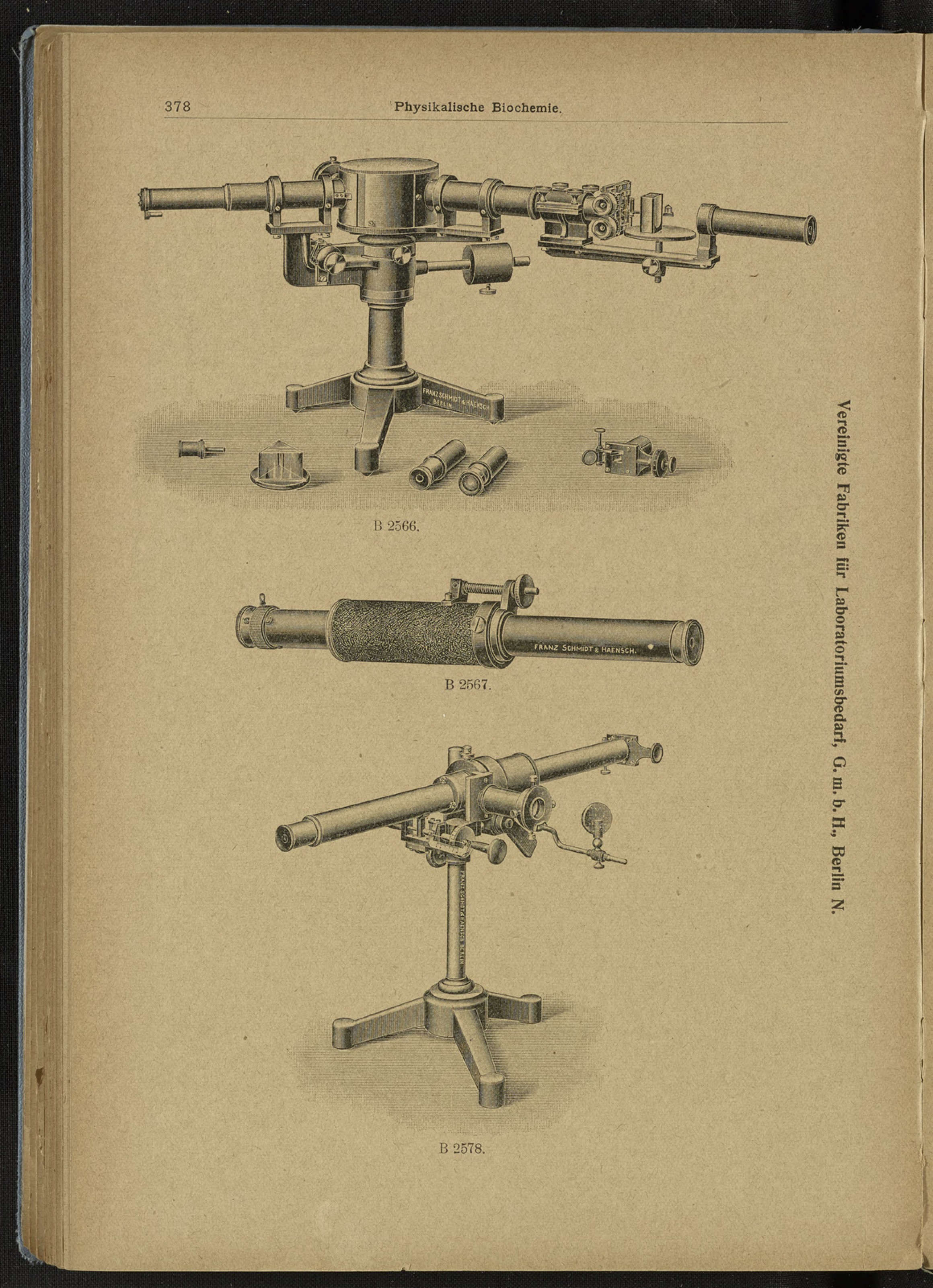
Franz Schmidt & Haensch spectrophotometer and spectroscopes. Page from the Catalogue 'Preis-Verzeichnis über Apparate und Gerätschaften für alle Laboratoriums-Arbeiten im Gebiet der Biochemie', 1913. Source: sciencehistory.org
Chronology
1864. Establishing. Mechanic Franz Schmidt and optician Herrmann Haensch, both trained under Wilhelm Langhoff, combined their inheritances to establish the company 'Franz Schmidt und Haensch' in Berlin.
1870. Heliostat Development. Due to the absence of electric light, SCHMIDT + HAENSCH produced heliostats that captured sunlight using mirrors, compensating for the sun's movement with clockwork mechanisms.
1879. Trichinoscope Construction. At the request of pathologist Rudolf Virchow, the company designed microscopes for meat inspection to prevent trichinosis outbreaks.
1880. Spectrometer with Bunsen burners. The company manufactured spectrometers utilizing gas-powered Bunsen burners. That allowed them producing standard wavelengths with high precision.
1881. Michelson Interferometer. Funded by Alexander Graham Bell, Albert A. Michelson commissioned the company to build an interferometer for his groundbreaking experiments on the speed of light.
1890. Quartz Wedge Polarimeter. Collaborating with chemist Karl Ventzke, SCHMIDT + HAENSCH developed a polarimeter to measure sucrose content in sugar beets, principles still used in their modern Saccharomat.
1895. Pulfrich Refractometer. Following principles by Ernst Abbe and Karl Pulfrich, the company produced refractometers for precise measurement of refractive indices.
1905. Circular Polarimeter for Alfred Werner. The company supplied a polarimeter used by Nobel laureate Alfred Werner to verify his theories on the spatial arrangement of inorganic complexes.
1910. Projector of objects. Schmidt & Haensch introduced a projector capable of displaying both transparent and opaque objects, benefiting engineers and art historians alike.
1921. Color Mixing Device. The company developed a device for creating color standards, aiding in the calibration and control of signal lights.
1955. ISIS Drawing Machine Acquisition. SCHMIDT + HAENSCH acquired rights to the ISIS drawing machine from Victor Graf, leading to significant production growth in drafting equipment.
1960–1990. Dominance in Drawing Equipment. The production of drawing machines and tables became the company's main revenue source during this period.
1963. Saccharomat II. The world's first fully automatic sugar polarimeter with digital display and printer was developed and produced by SCHMIDT + HAENSCH.
1969. Cologne-Lövenich Plant. To expand capacity and address political uncertainties in West Berlin, the company opened a production and logistics facility in Cologne.
1982. Digitizing Table. SCHMIDT + HAENSCH introduced a globally successful digitizing table, solidifying its leading position in this market segment.
1983. Mathis Kuchejda. Following Walter Teller's retirement, Mathis Kuchejda assumed leadership as CEO.
1986. DUR W Refractometer. The company launched the first fully automatic table refractometer with a measuring range up to 1.72000 and a resolution of 10⁻⁵ Brix.
2000. First Titration System. The company developed an online titration system for challenging process and environmental conditions, delivering the first unit in August.
2003. Ash Color Turbidity Meter. SCHMIDT + HAENSCH developed the first automatic ash color turbidity meter, reducing analysis time from one hour to ten minutes.
2005. Online Purity Analyzer. The company developed and produced the first online purity analysis system.
2015–Present. VariDens — Density meter. Building on expertise in precision mechanics and optics, the company continues to produce high-quality refractometers, polarimeters, density meters, and color measurement devices, expanding into process technology and automation to meet online information processing and control needs. Today, SCHMIDT + HAENSCH develops and produces advanced measuring instruments in Germany and exports them to over 80 countries worldwide.
Addresses of the company
- 1864. Dragonerstraße 19, Berlin. Founding years; small workshop.
- Karlstraße 8 and Adalbertstraße 82 were the addresses of Haensch production before merger with Schmidt. Under Karlstraße 8 address the orders of Rudolf Virchow for microscopes have been placed.
- 1869-1877. Neue Schönhauser Str. 2, Berlin (see Saccharimeter in National Museum of American History).
- Since 1877. Stallschreiber-Str. 4, Berlin S. (see Letter dated April 1877, an Advertisement in the illustrations above, and Catalogue of the Exhibition, Berlin 1896)
- 1907. Prinzessinnenstraße 16, Berlin (see Katalog der Hygiene-Ausstellung, Berlin 1907, and Berliner Handels-Register 1928 , p. 424).
- 1990s–Today Waldstraße 80/81, Berlin. Modern HQ in Adlershof tech hub.
Reference Literature
- Official web-site of the company Schmidt + Haensch (Eng. and Germ.)
- Catalogue of the optical Instruments (link to full-text scan in PDF) exhibited by 'Franz Schmidt & Haensch' at the Berlin Industrial Exhibition, 1896.
